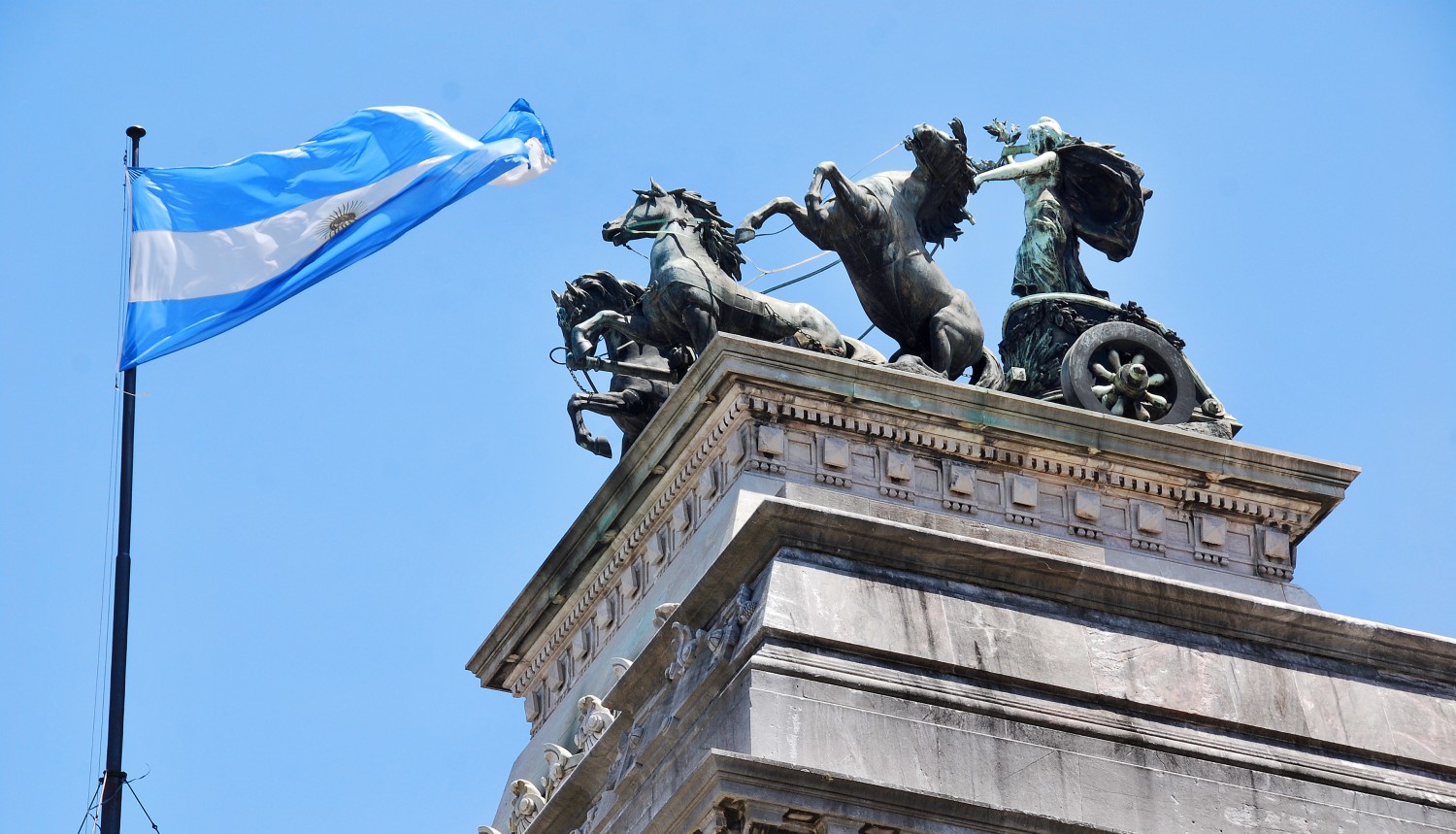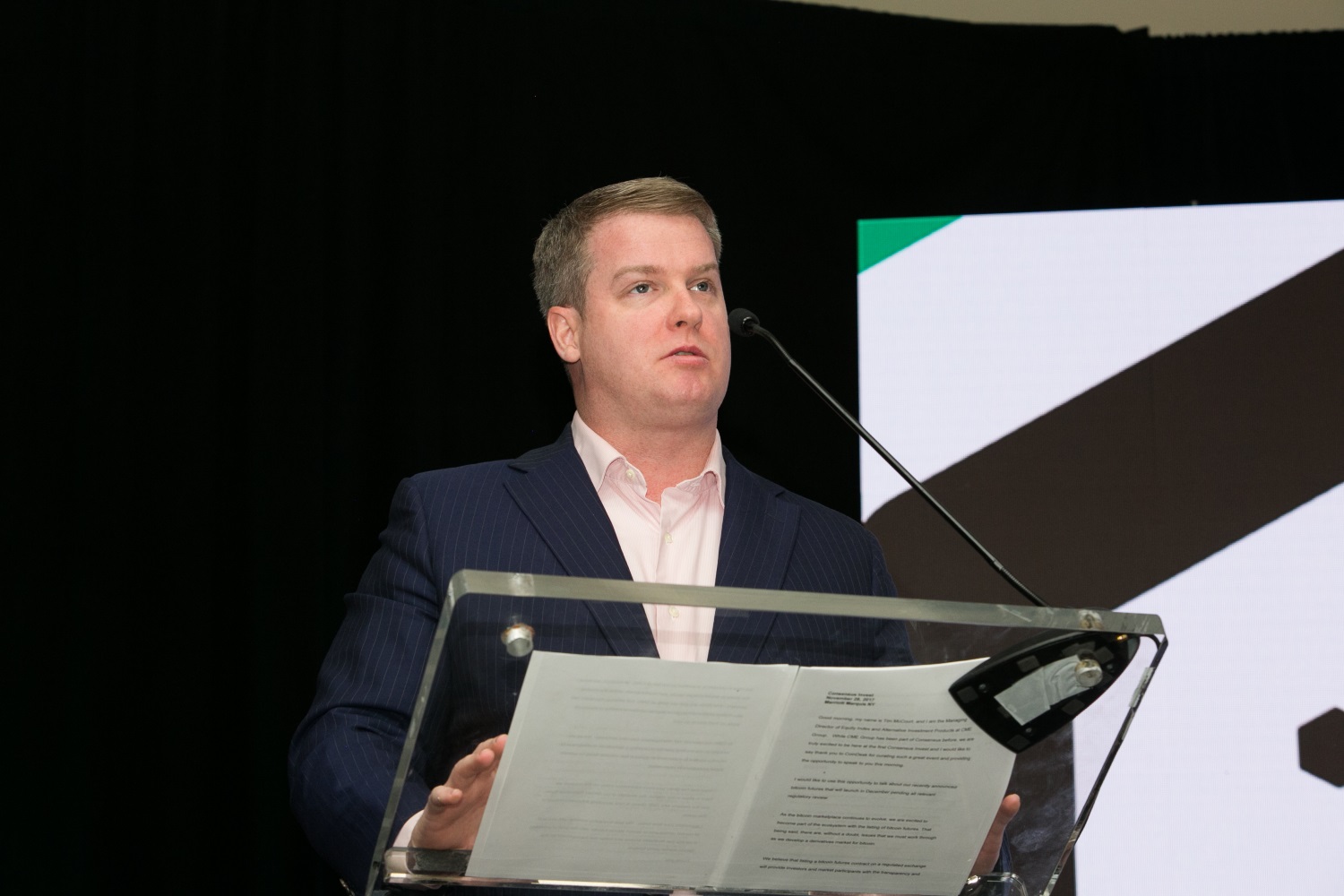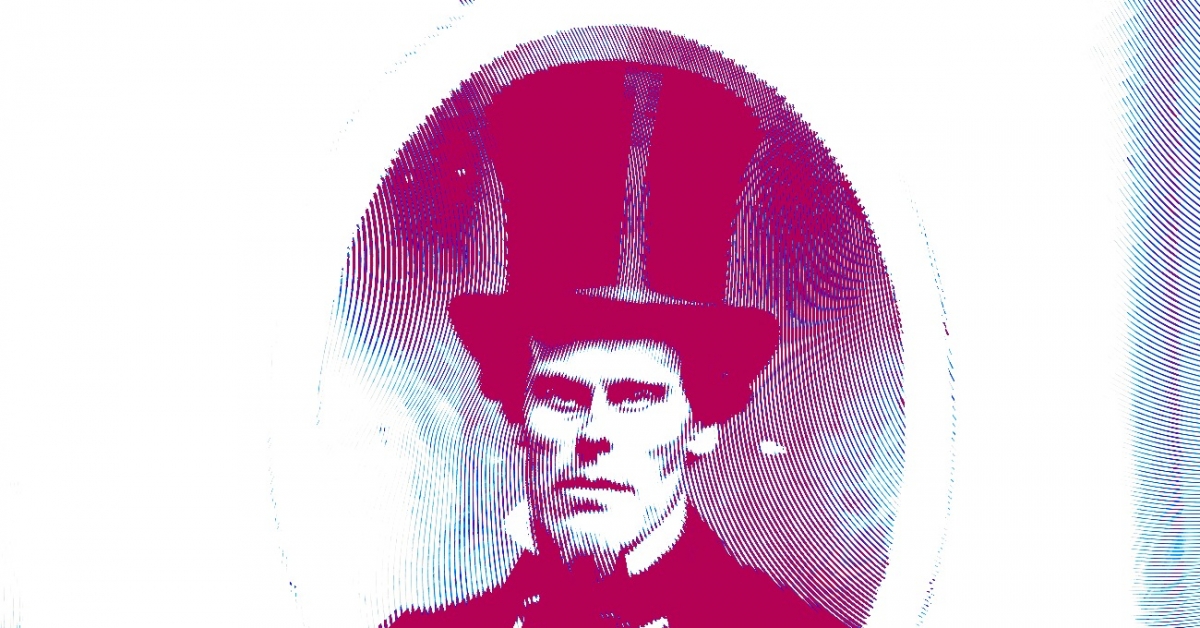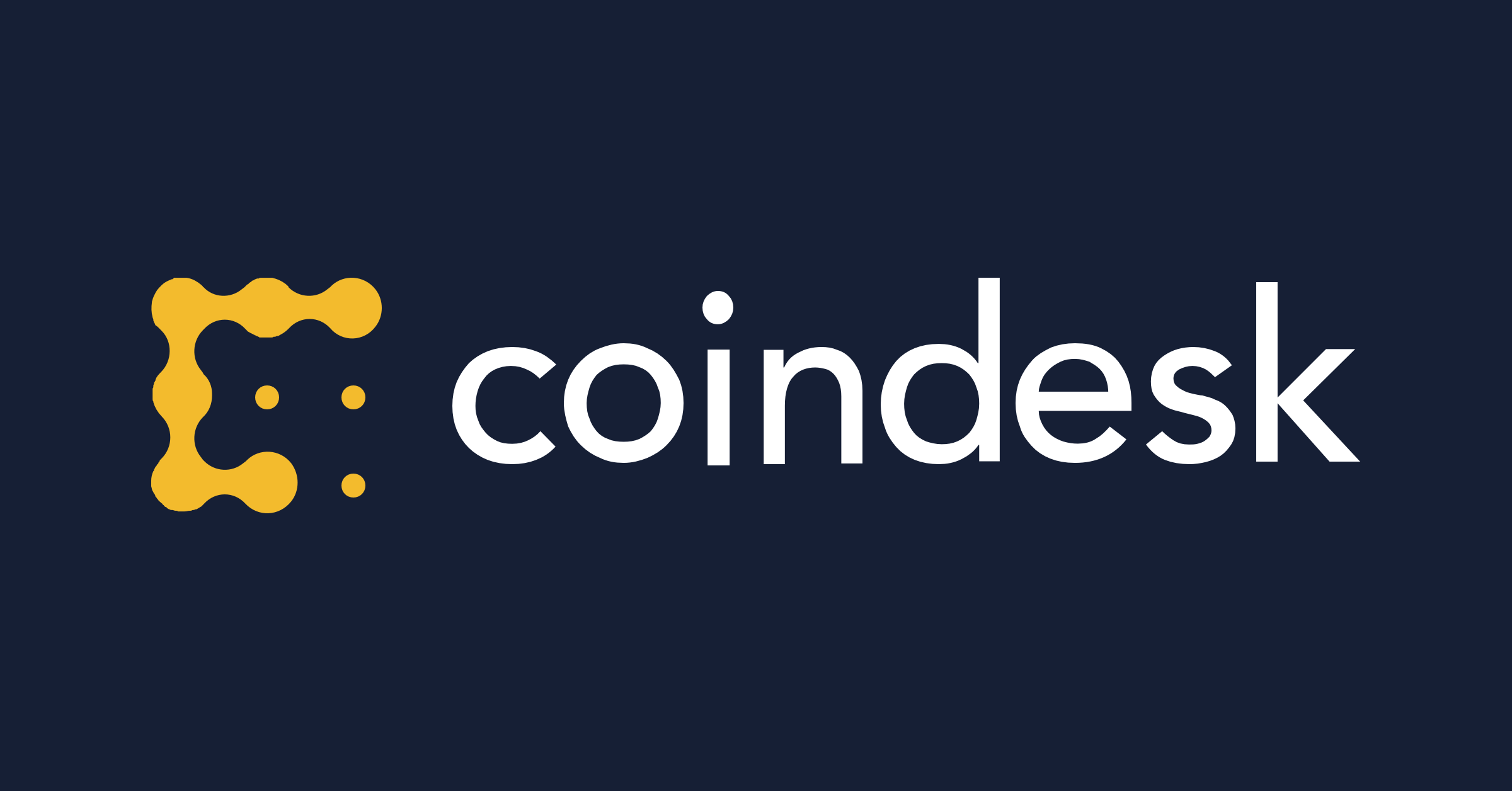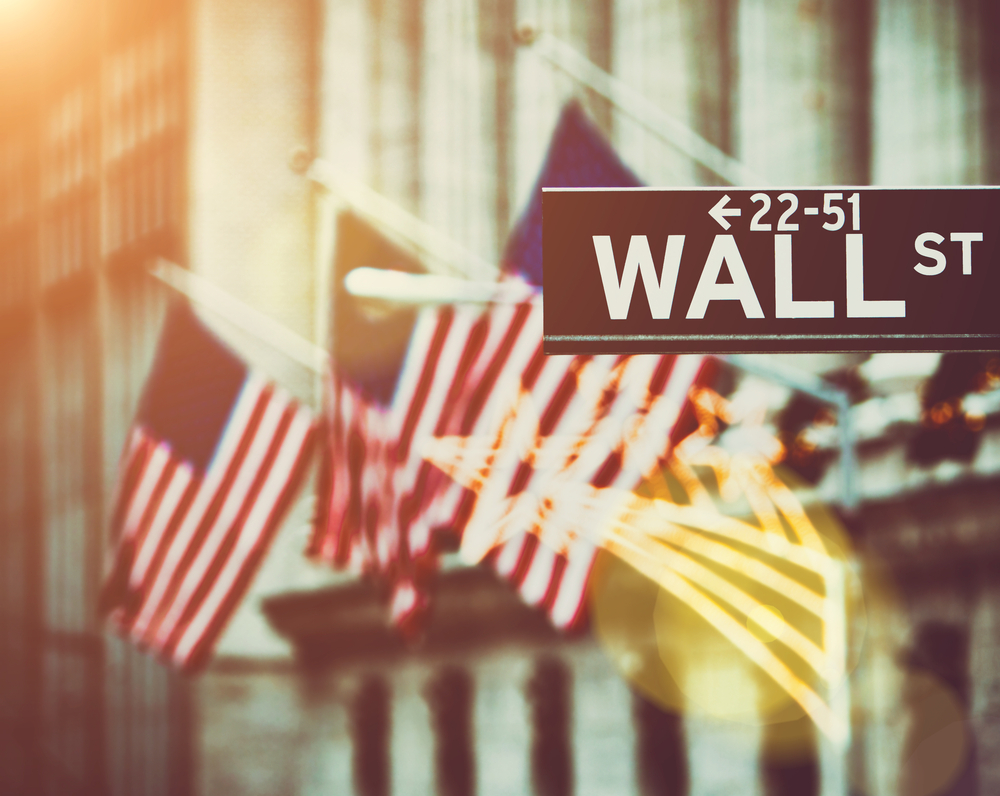With Broadband Growth Stalling, Real World Assets Offer a Lifeline
As the United States grapples with modernizing its outdated infrastructure, we’re quickly discovering that government initiatives and legacy providers aren’t enough to fill the nation’s gaps – particularly when it comes to telecoms and broadband.
While the federal Affordable Connectivity Program promised Americans fast and cost-effective internet, it’s on the verge of shutting down. Meanwhile, many private-sector internet projects have slowed amid high interest rates, leading to bankruptcies and closures. For the one-in-four Americans who still lack access to high speed broadband, affordable options are becoming sparse.
It’s clear that the traditional methods for expanding connectivity – government subsidies and legacy telecom projects – aren’t working. But innovative technologies exist to bridge this divide.
A modern approach can be found in a technology that is gaining traction in the blockchain industry. Tokenized real world assets (RWAs) are digital tokens on a blockchain that represent physical and traditional financial assets, enabling more efficient and transparent management, trading, and ownership.
Despite some skepticism still surrounding crypto, the underlying technology’s capacity to enhance the development of tangible, real world infrastructure is substantial. Recent attention to this concept of RWA reveals a huge opportunity – one that Boston Consulting Group projects will grow to a $13 trillion market by 2030.
The power of on-chain transparency and programmability unlocks new ways of managing and funding telecom and other utility networks; this new paradigm offers flexibility and risk mitigation to historically brittle and inefficient systems. What’s known as “Liquid Infrastructure,” removes barriers for large infrastructure projects to access capital and allows nontraditional investors, smaller companies and communities to directly participate in building the infrastructure they need.
As blockchain facilitates a machine-to-machine payment system that supports automated settlements, this framework promotes dynamic pricing models and automated transactions and empowers small investors and local communities to have a direct stake in infrastructure projects. Liquid infrastructure is designed for maximum flexibility and allows for single-asset fractionalization as well as multi-asset distribution. This means that the revenue of several different liquid assets can be automatically distributed to a single set of fungible tokens.
Hawk Networks has tokenized most of its wireless networks and recently used the Liquid Infrastructure platform to build connectivity to a 194 unit veterans housing in Phoenix Arizona. This apartment was built using Althea’s payment platform and Liquid Infrastructures coordinates payments between multiple participants in the funding and operation of the build.
In the case of internet infrastructure, RWA can enable communities to build their own fiber optic network, or harness the power of Starlink to serve entire neighborhoods. I’m often out in the field speaking directly with these communities in need of broadband and how they leverage blockchain technology, and have seen it firsthand from the Arctic Circle to rural America.
Beyond internet infrastructure, the adaptability of RWA holds extensive benefits to other vital sectors such as the energy grid and physical infrastructure, and the ability to transform how these utilities are financed and managed. Liquid infrastructure doesn’t aim to supplant government or private sector efforts, but instead seeks to fill the gaps where these traditional approaches fall short.
As the nation strives to address critical infrastructure deficits, RWAs provide a unique opportunity to close existing gaps while fostering a more inclusive and equitable framework for future infrastructure development.
Note: The views expressed in this column are those of the author and do not necessarily reflect those of CoinDesk, Inc. or its owners and affiliates.
Edited by Benjamin Schiller.

